O Military Fire Department of the State of Goiás published the Technical Standard 44/2023, which establishes guidelines and essential security measures related to photovoltaic systems. The document aims to guarantee security against fire and panic in buildings or hazardous locations equipped with photovoltaic systems.
The technical standard, published by Ordinance No. 544/2023, will come into force 15 days from its publication, carried out this Monday (30). It meets the guidelines set out in the State Fire and Panic Safety Code (Law No. 15802, of September 11, 2006).
With the publication of the standard, Goiás joins the states of Minas Gerais and Mato Grosso, which already have safety regulations in photovoltaic systems in accordance with the standards established by the Fire Department.

The standard applies to buildings and risk areas where photovoltaic systems are installed to generate electrical energy. Although it does not operate in exclusively single-family buildings, the standard is recommended for these locations.
The standard references several technical standards and regulations, including standards for electrical installations, protection against atmospheric discharges and other specific standards for photovoltaic systems. It also defines important terms, such as electric arc, generation capacity, de-energization, inverters, optimizers and others.
The document also details the procedures to be followed, including system classification, necessary electrical protections, fire brigade requirements, installation and clearances, protection by portable fire extinguishers, emergency signs, lightning protection system and battery installation areas. .
Furthermore, it addresses general considerations, such as the use of reference standards, the composition of photovoltaic installations, responsibilities of the technician responsible, sizing and execution, structural requirements, protection devices and adaptation deadlines for existing buildings with photovoltaic systems.
Types of systems
In order to standardize procedures, the standard classifies photovoltaic systems into two types:
Type 1: Solar energy generation system that has a voltage higher than the Safety Voltage in any of the respective power transmission lines, when the system, for any reason, is not in operation - generally found in systems that use central inverters not connected to optimizers ;
Type 2: Solar energy generation system that does not have a voltage higher than the Safety Voltage in any of the respective power transmission lines, when the system, for any reason, is not in operation - generally found in systems that use microinverters, or connected central inverters to optimizers.
For type 1 systems, the standard states that they must have arc fault protection equipment and a ground fault protection switch.
Furthermore, a quick-off device must also be installed next to the solar panels, where the respective quick-off switch must be in a safe location in the building and allows easy access.
The standard also states that if it is impossible to install a quick disconnection device, automatic equipment must be provided that allows electrical de-energization or the use of safety voltage in electrical lines that have a voltage higher than the Safety Voltage, when the system, for any reason reason, it is not in operation, reclassifying it to type 2 system.
SPDA and batteries
The published document states that the technical person must assess the need to forecast the SPDA (atmospheric discharge protection system), in accordance with NBR 5419.
Furthermore, the standard states that in areas where batteries are installed, the safety measures provided for the building or risk area must be designed, and the relevance of complying with the provisions of item 6.10 must be assessed, at the discretion of the technician responsible. 2 of NBR 13231 – Fire protection in electrical substations, or another that replaces it.
References
The standard published by the State of Goiás used the following normative references for its preparation:
- Technical Instruction of the Military Fire Department of Minas Gerais nº 30, 2nd edition – Electrical installations and equipment: substations, photovoltaic panels and energy generating groups – CBMMG;
- Fire Department Technical Standard No. 49/2023 – Fire and Panic Safety in Photovoltaic Arrangements – CBMMT;
- NBR 5410 – Low voltage electrical installations;
- NBR 5419 – Protection against atmospheric discharges;
- NBR 10899 – Photovoltaic solar energy – Terminology;
- NBR 16149 – Photovoltaic (PV) systems – Characteristics of the connection interface with the distribution network;
- NBR 16150 – Photovoltaic (PV) systems – Characteristics of the connection interface with the electrical distribution network – Conformity test procedure;
- NBR 16274 – Grid-connected photovoltaic systems – Minimum requirements for documentation, commissioning tests, inspection and performance evaluation;
- NBR 16612 – Power cables for photovoltaic systems, non-halogenated, with cover, for voltage up to 1.8 kV DC between conductors – Performance requirements;
- NBR 16690 – Electrical installations of photovoltaic arrays – Project requirements;
- NBR 16767 – Elements and stationary batteries for application in photovoltaic systems not connected to the power grid (off-grid) – General requirements and test methods;
- Regulatory Standard nº 10 (NR 10) – Safety in electrical installations and services. Ministry of Labor and Employment.
For more details about the standard Click here and access the full document.




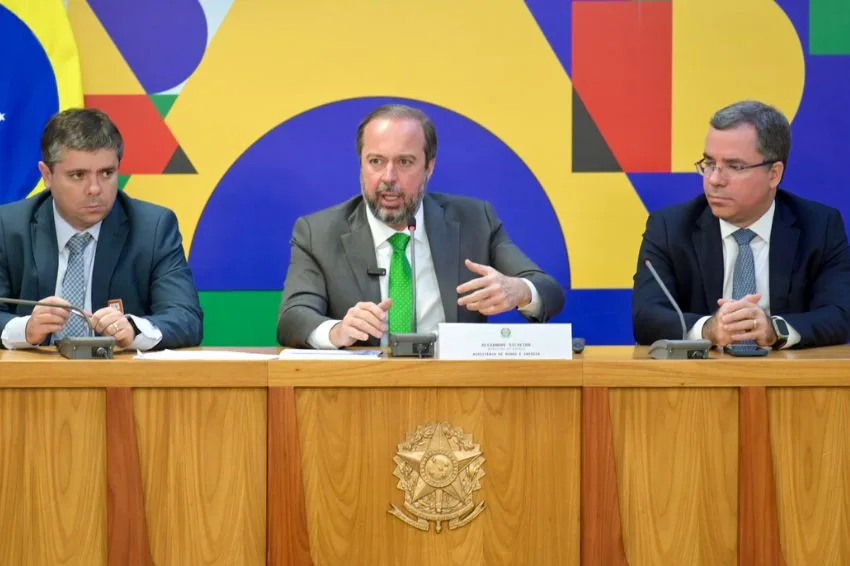
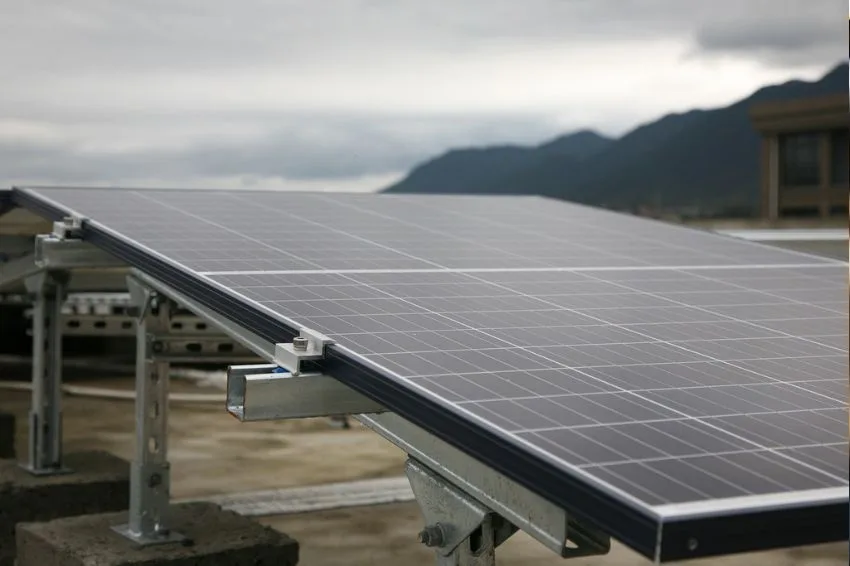
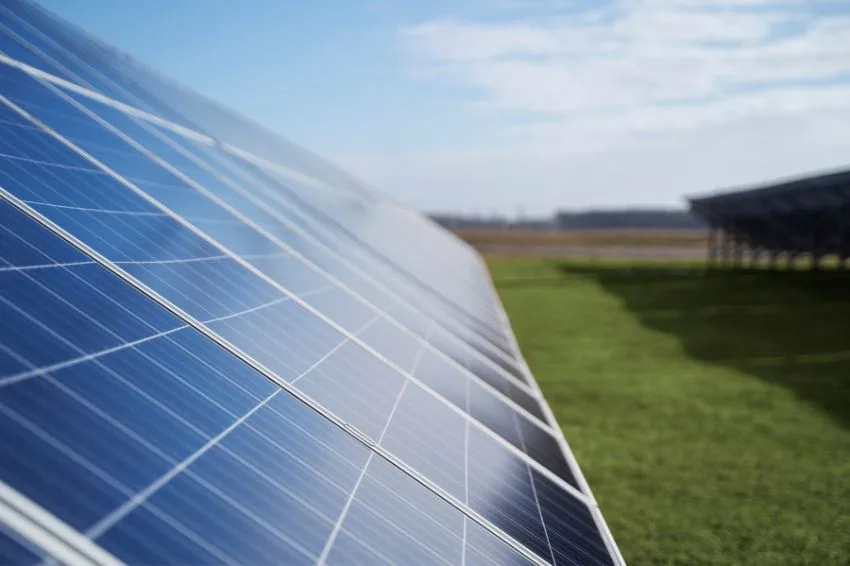
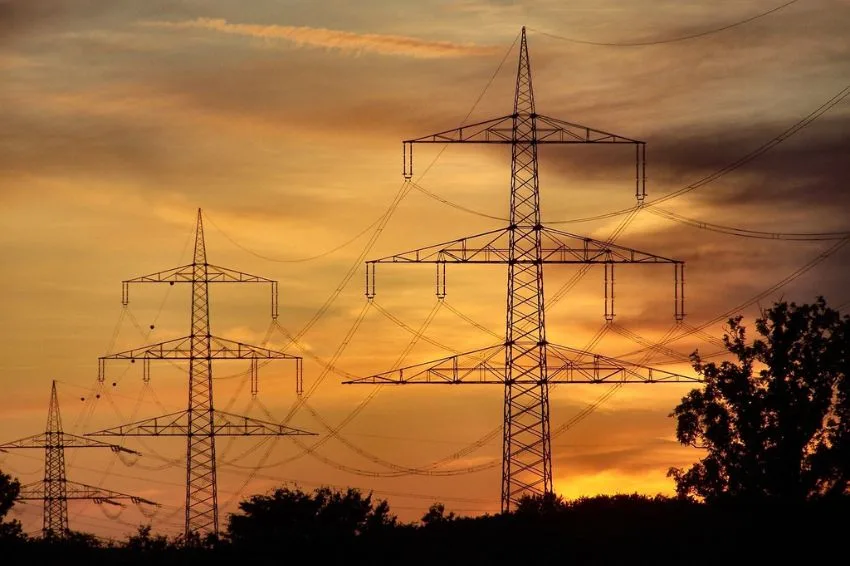
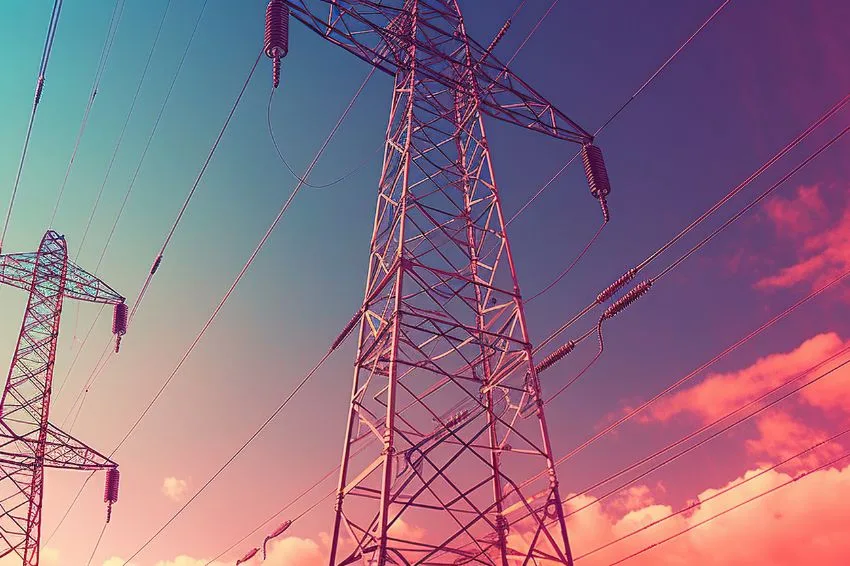







9 Responses
top
The article is very cool, as it reinforces the need for the technician responsible for installing solar energy systems, with the increase in electric vehicles, even with low power chargers, but the vehicle batteries are not low (30KW to 120 KW) with energy accumulated where the design and good practices of electrical installations are essential.
Congratulations on the report and fire safety update with the photovoltaic theme and thus expanding NR 10 training in heights, for example, roofs, etc., where it was installed, etc. [email protected] contact 27988442344 or [email protected]
Excellent approach!
The Fire Department, who risk their lives to guarantee the lives and safety of civilians due to mistakes made, most of the time, by unqualified “professionals”!
Brazil, as a whole, needs truly qualified, honest professionals who are accountable for this.
Anyone who works with ethics and excellence has no punishments or inspections!
For those who have an open company – CNPJ, CREA, who pay taxes, who exist and are accountable to the courts, it is a huge disloyalty to see people without any professional qualifications/certification (without study, without professional registration, without solid/true capacity) holding the title Experts in photovoltaic installations and “maintenance”.
And, many too, who, even though they have CREA, CNPJ, make gross and negligent mistakes (not to say criminal), often being aware of the gravity, to deliver works quickly, for the simple fact of having prostituted and devalued the project, thus as the segment as a whole, so as not to suffer losses – where in this case, those who suffer losses are the customers – who, on the other hand, a large percentage are opportunists – they want a high-performance luxury car (product) but do not value a good mechanic (service provision).
We have already witnessed clients making it clear (and I have records of this) that they wanted to make the integrators “fight to serve them, auctioning them off” – the client sent me (wrong, he was supposed to send them to his son) these writings.
There must be qualifications, ETHICS and PROFESSIONAL!!!
Some company, body or institution, responsible for training, evaluating and actually supervising studies, qualification and execution of projects, starting with changing the culture of the Brazilian population.
Today, unfortunately, we Engineers (the good and the not so good – corrupt/prostitutes) have the maxim that CREA serves nothing more than to raise funds, charge high fees for ART's, Annuities, Issuance of OUR Documents... Meanwhile , support, encouragement, supervision tend to be zero and, when not, partial.
It is a fact that many opportunists, who entered the market, are not sustaining themselves. But, instead of raising their level, they held the sector down.
We must create a Legion of good professionals, so that everyone can offer their services fairly, and develop safe, long-lasting projects and really deliver what this wonderful technology promises!
Perfect placement, including a mirror for the rest of the country.
With the implementation of the Standard, what exactly will it be mandatory to install an anti-fire system?
I am a civil engineer who receives all publications related to photo voltaic
great report Ericka. Congratulations.
It is very important to talk about security.
I see a lot of reports talking about the benefits of the self-generation system, but they don't talk about the dangers of working at high DC voltages.
Congratulations on the report.
Is there a plan for the state of SP to publish its standard for photovoltaic plants?